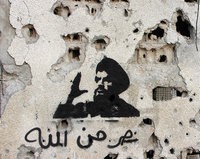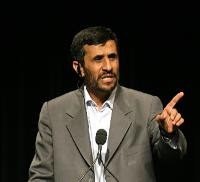
Since it was founded in 1982, in the aftermath of the Iranian Revolution and in reaction to Israel’s invasion of Lebanon, Hezbollah has been many things: a terrorist group, a sectarian militia and, most recently, a legitimate political actor in Lebanon. Today, the so-called Party of God faces challenges on all sides. Its archenemy and raison d’être, Israel, is as strong as ever; its Syrian and Iranian patrons are struggling; and a regional Sunni ascendancy threatens its regional popularity and domestic legitimacy. At near-peak strength just a few years ago, Hezbollah now finds itself in dangerously uncertain waters. Hezbollah has […]


